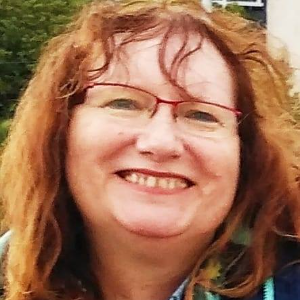Abstract:
The formation of Fe2O3–Dy2O3 nanocomposite was confirmed by FTIR, XRD, XPS and EDS analysis. The removals of chloramphenical antibiotic gram negative bacteria and enteroviruses were studied. BET surface area of the Fe2O3–Dy2O3 nanocomposite was found to be 134 m2 g−1. Antibiotics have been emerged as an issue high concern due to their potential risk for ecosystem and human health. The maximum adsorption capacity fort he removals of antibiotic, bacteria and viruses were 403, 399 and 328 mg g1, respectively. The maximum percentage removal of antibiotic was 960% at the adsorbent dose of 0,76 mg L−1 within 200 min for 100 ppm initial concentration of the antibiotic. The effect of nanocomposites on the removals of bacteria and viruses. The reuse of t Fe2O3–Dy2O3 nanocomposite was 93% during 9 months then decreased to 90% and 87% . This exhibited that the recyclability of the Fe2O3–Dy2O3 composite in water purification and treatment.
Biography:
Prof. Dr. Delia Teresa Sponza is currently working as a professor at Dokuz eylul university, Department of Environmental Engineering. Scientific study topics are; Environmental engineering microbiology, Environmental engineering ecology, Treatment of fluidized bed and activated sludge systems, Nutrient removal, Activated sludge microbiology, Environmental health, Industrial toxicity and toxicity studies, The effect of heavy metals on microorganisms, Treatment of toxic compounds by anaerobic / aerobic sequential processes, Anaerobic treatment of organic chemicals that cause industrial toxicity and wastewater containing them, Anaerobic treatability of wastewater containing dyes, Treatment of antibiotics with anaerobic and aerobic sequential systems, Anaerobic and aerobic treatment of domestic organic wastes with different industrial treatment sludges, Treatment of polyaromatic compounds with bio-surfactants in anaerobic and aerobic environments, Treatment of petrochemical, Textile and olive processing industry wastewater by sonication, Treatment of olive processing industry wastewater with nanoparticles and the toxicity of nanoparticles. She has many international publications.



